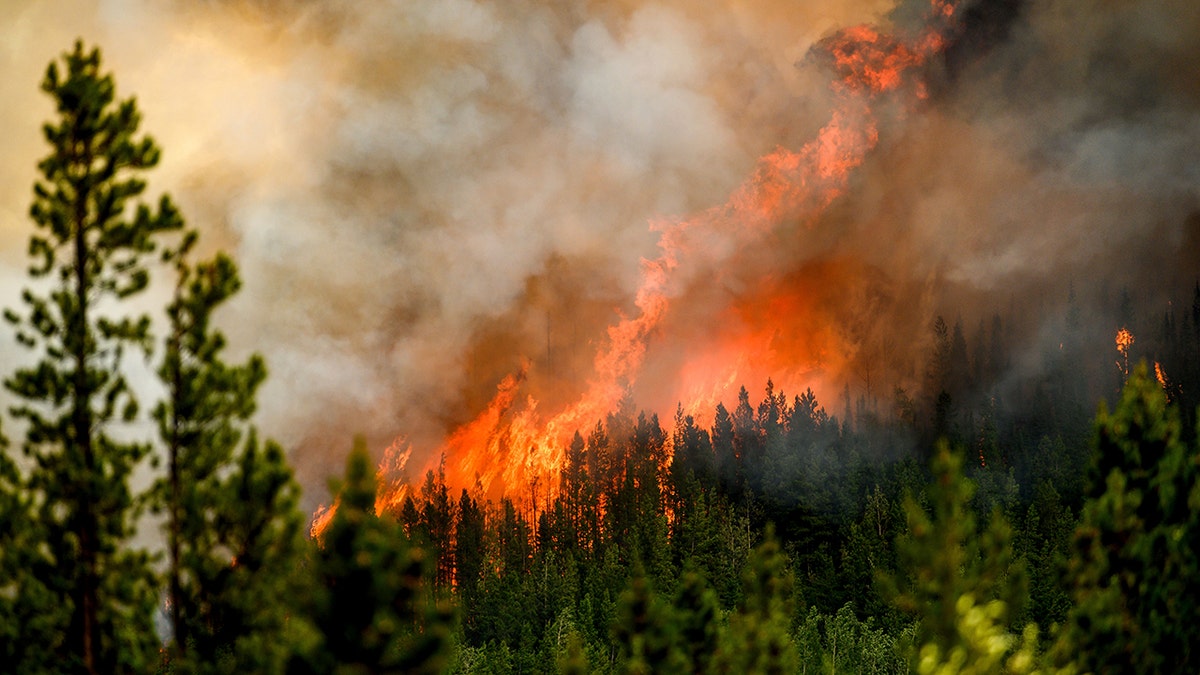Amidst a relentless wildfire season that has sent plumes of smoke across North America and beyond, a specialized group of firefighters in British Columbia, Canada, are taking to the skies to combat the flames. These are the smokejumpers, and their unique approach involves parachuting into remote areas to tackle wildfires before they escalate.
Unlike other provinces that primarily rely on helicopters, British Columbia's vast landscape, substantial population, and crucial timber industry necessitate a rapid response strategy. Smokejumpers provide that speed, reaching remote fires faster than ground crews or even helicopters. James Bergen, a wildfire officer, highlights the unpredictable nature of the job, where one day involves extinguishing a single burning tree and the next pits them against a raging inferno.
The decision to deploy smokejumpers comes when fires ignite in inaccessible locations or when resources need swift relocation. As Bergen explains, smokejumping offers unparalleled speed, range, and payload capacity. While helicopters play a role in transporting firefighters, their limited capacity and slower speed make smokejumpers the preferred choice for remote, rapidly spreading fires.

The image above captures the intensity of the Donnie Creek wildfire in British Columbia. This visually demonstrates the challenging conditions faced by smokejumpers.
Equipping a smokejumper is a significant investment, with gear costing around $12,000 per person. This specialized equipment includes protective suits, helmets with face shields, and gear for rappelling and water landings. The comprehensive kit, weighing between 70 and 90 pounds, ensures their safety in hazardous environments.
Beyond personal gear, the aircraft carries essential firefighting tools, including chainsaws, pumps, hoses, and a 48-hour water supply for each jumper. Upon assessing the fire, the team strategizes and deploys, sometimes as a small group, other times as a full team of 13.
Becoming a smokejumper requires extensive experience in wildland firefighting, typically six to seven years. But it also demands a certain personality type—a passion for the work and a willingness to take risks. Bergen notes that the ranks include both adrenaline seekers and those drawn to the camaraderie and challenge of the job.
British Columbia boasts 67 smokejumpers, currently supplemented by American firefighters from the U.S. Forest Service and Bureau of Land Management. Among them is Dan Frittenburg, who recently achieved a Canadian record with his 100th jump. He describes the thrill of the job, emphasizing the importance of staying vigilant even after years of experience.
Comments(0)
Top Comments